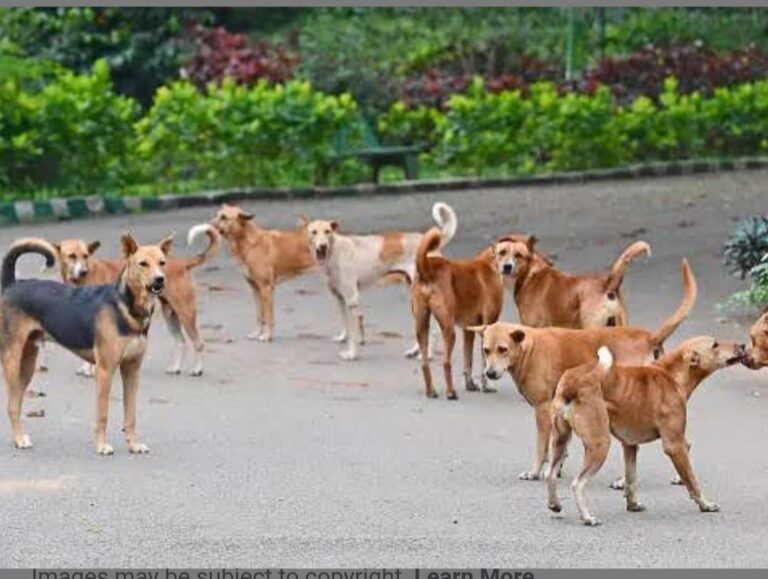![]()
There has been a disturbing surge in incidents where dogs have attacked citizens, resulting in severe injuries and even fatalities.
Moreover, wolves, jackals, crocodiles, and other predators have been venturing into urban areas, posing a significant threat to human safety. These attacks have led to loss of life and highlight a critical issue that demands immediate attention and resolution. The increasing encroachment of boundaries between humans and animals necessitates urgent action to prevent further harm and restore balance between coexisting species.
Encroaching Boundaries and the Rise in Pet Animal Aggression.
In recent years, there has been an increase in cases of pet animals, particularly dogs, exhibiting aggressive behavior. One major cause of this trend is the encroachment on natural habitats, leading to smaller spaces for animals to roam freely. Urbanization has created densely populated environments where pet animals, especially dogs, often feel confined and stressed, leading to increased irritability and aggression.
Additionally, many pet owners may inadvertently contribute to this issue by not providing their pets with adequate exercise, mental stimulation, or socialization. Dogs, as social creatures, require regular interaction, exercise, and training to maintain good behavior. When they are confined to small spaces or not given opportunities to release their energy, they may become frustrated, leading to behavioral problems like excessive barking, biting, and aggression.
Moreover, improper training or the lack of understanding about a dog’s needs can exacerbate these problems. Many owners fail to recognize the importance of establishing boundaries and consistent routines for their pets. As a result, the animals can become territorial or exhibit fear-based aggression, particularly when they perceive a threat to their space.
Tackling the growing dog nuisance requires a multi-faceted approach. Pet owners must take responsibility for properly training and socializing their pets. Additionally, urban planning should account for the need for pet-friendly spaces where animals can exercise and socialize, reducing the likelihood of aggression. By addressing these issues, we can create a healthier environment for both animals and humans.
Second part of Issue
The issue of constant fear among citizens due to stray dogs, coupled with the conflict between dog lovers and other citizens, presents a complex social challenge. Stray dogs can sometimes pose threats to public safety, while dog lovers are often motivated by compassion and a desire to protect animals. To address this situation effectively, the government must adopt a balanced, humane, and pragmatic approach.
First, the government should implement a robust animal birth control (ABC) program. Stray dog populations often grow uncontrollably, increasing the likelihood of conflicts with citizens. Through consistent spaying and neutering programs, the population of stray dogs can be significantly reduced over time. This would not only mitigate the threat posed by stray animals but also alleviate the pressure on dog lovers who feel the need to care for these animals.
Second, the government should prioritize public awareness and education campaigns. Educating citizens about responsible pet ownership, the importance of sterilization, and safe behavior around stray dogs can help reduce fear and anxiety. In addition, educating dog lovers on the potential risks posed by stray animals, such as rabies, would foster a more understanding and cooperative environment. Public messaging should encourage responsible feeding practices, where dog lovers are encouraged to feed dogs away from public areas and ensure that no food waste is left behind.
The government should also establish designated shelters and vaccination programs. Stray dogs that exhibit aggressive behavior should be relocated to shelters where they can be vaccinated, rehabilitated, or adopted. A focus on vaccination would reduce the threat of rabies and other diseases, contributing to public safety. Additionally, funding animal shelters would give dog lovers the option to safely care for these animals in a controlled environment.
Finally, the government must engage in community dialogue. Regular meetings between citizens, dog lovers, and authorities would help to address grievances and promote mutual understanding. Creating community forums to discuss issues regarding stray dogs and solutions can reduce tensions and foster collaboration.
In conclusion, the government’s role in resolving the conflict between citizens and dog lovers over stray dogs should be proactive and multifaceted. Through animal control programs, education, and community dialogue, a peaceful and humane solution to the issue can be achieved.








Excellent article and the society should adopt to it.
Thanks sir
Very insightful and comprehensive. Kudos
Thanks sir
Inspite of many initiatives by Government as well by RERA , the problems is getting bitter day by day.This may be due to more and more inclination of New generation towards adoption of PET as their family members.But after adoption of PET, after sometime not able to manage proper balance for their needs.This leads to leaving dogs unattended or hiring of Pet care persons just like that.These persons are not aware of how to tackle dogs not much bothers about hygiene of the Society.
Any way you have brought a very good topics for awareness of all to have a safe and hygiene atmosphere for all.
Thanku sir
Thanks sir